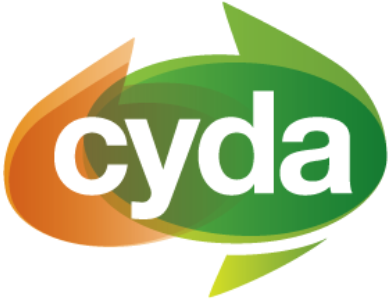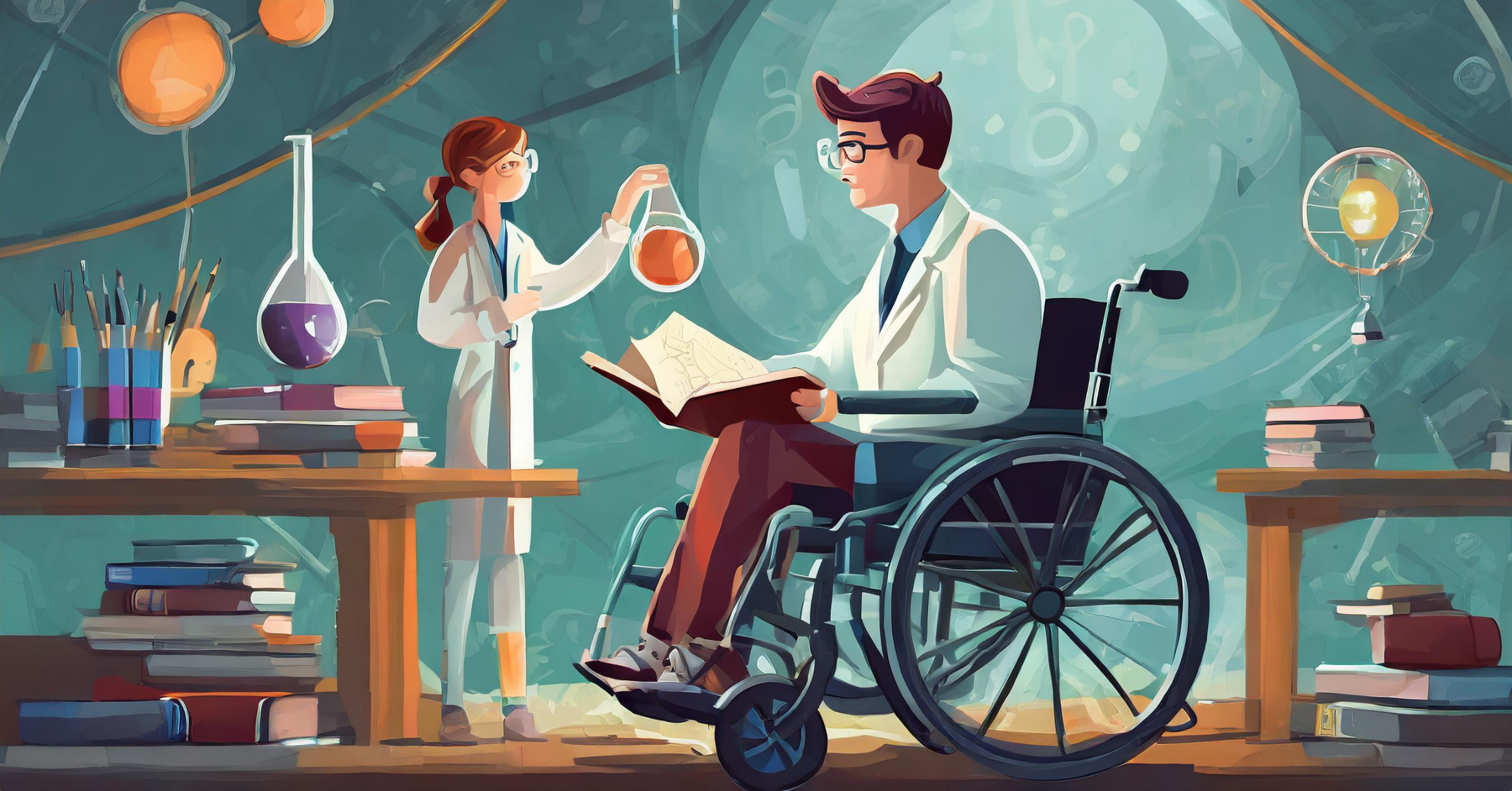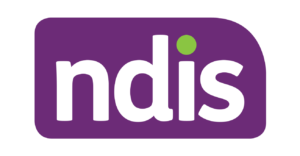Make STEM accessible: a disabled scientist's call to action
Self-proclaimed ‘mad scientist’ Adam Choong on the barriers facing young people with disability with an interest in STEM.
Ask someone to draw a famous scientist and you’ll get a picture of an old man with a bushy moustache and a head of zany white hair. You’ll get Albert Einstein. Ask them to tell you a fact about this revolutionary physicist and they’ll talk about his time in school: how he was considered incapable of academic success as a child, and consistently classified as disabled.
Einstein’s story is so well-known because it’s one about overcoming expectations. Here is someone of whom teachers had very low expectations who went on to become one of the most recognised figures in the 20thcentury and whose name is now synonymous with genius.
But his tale also reflects an uncomfortable reality still very much relevant today: the constant struggle children and young people with disability continue to face when they want to access education opportunities, particularly those related to STEM (Science, Technology, Engineering, and Mathematics) subjects.
I’ve long dreamed of becoming a scientist (a ‘mad scientist’ is how the younger me put it) but my journey hasn’t been an easy one. As a baby, I contracted a serious brain disease called meningitis which changed the growth of my brain in early childhood such that I had issues with learning, motor, and sensory skills.
Naturally, one wouldn’t necessarily blame a teacher for discouraging my pursuit of subjects in STEM because of how difficult the journey ahead would likely be. Rather it was my parents who emphasised the importance of practicing my skills in STEM and who stressed the potential of a good and diverse education to transform any life for the better.
Unfortunately, not every disabled child who is passionate about or sees their future in STEM gets the same level of support I did. Disability representation in STEM subjects across Australian schools and universities is currently way too low, with Universities Australia reporting that fewer than one in 20 students studying a STEM degree in 2021 were disabled.
Of course, you’d be forgiven for thinking that perhaps a majority of disabled children were naturally predisposed towards pursuing other areas of interest during their education before university. Whatever the case, that doesn’t excuse leaving behind those who had the same spark I had when dreaming of becoming a scientist, and letting their passion burn out.
In fact, a study from the University of Melbourne reinforces that many of the issues associated with low disability representation in STEM education in universities are rooted in the lack of positive role models (who often instil can-do attitudes) for disabled children, particularly in primary school.
The truth is there are likely so many more disabled children than expected who eagerly try to pursue STEM-related studies in primary and secondary school but are discouraged from doing so.
Another important issue that cannot be overlooked is the need to increase physical accessibility to the field of STEM for children with a wide range of disability. This includes blindness, movement issues, and colour deficiency (often known as colour blindness).
Disability in young children can undermine their ability to perform tasks involved in engineering (movement and behavioural issues often discount disabled people from these industries), chemistry and physics (colour deficiency prevents people from performing experiments in these fields of study), or mathematics (blindness or vision impairment significantly reduces disabled peoples’ ability to carry out the computational tasks required in modern mathematics).
Happily, many great contributions are being made in these sectors to increase so-called ‘digital accessibility’, with the mathematics service Desmos, for example, modifying its software to include high contrast 3D and 2D graphs and be more inclusive of blind or visually impaired children.
But what else can be done to address these clearly concerning issues?
At a primary and secondary level, the University of Melbourne recommended funding programs that provided relatable role models in STEM to students from under-represented backgrounds, including disabled children.
At a tertiary level, Universities Australia suggested implementing reasonable living wages for disabled people conducting STEM-related research, while the University of Melbourne has called for part-time researchers with disability to be exempt from paying tax. This would help address one of the main barriers facing disabled people when accessing studies in STEM: a lack of financial capacity.
Since the start of the COVID-19 pandemic, we’ve been shown that it is indeed possible to deliver education in STEM to everyone, despite how restricted their environment is. That means there is hope yet for disabled children wanting to access STEM subjects.
Personally, I did manage to pursue STEM later in life, becoming not quite the ‘mad scientist’ I had dreamed of but rather a data scientist, a job that didn’t exist when I was growing up.
This article is an extract from CYDA’s The Platform Newsletter. Receive monthly updates by subscribing below.
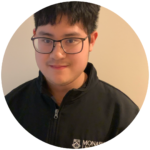
About the author:
Adam (he/him) is a young leader at CYDA. He uses his lived experience with disability as a person of culturally diverse heritage to amplify the voices of disabled CALD communities in his advocacy. Outside of his work with CYDA, Adam is a data science student at Monash University who is actively researching the intersectionality between artificial intelligence and disability.
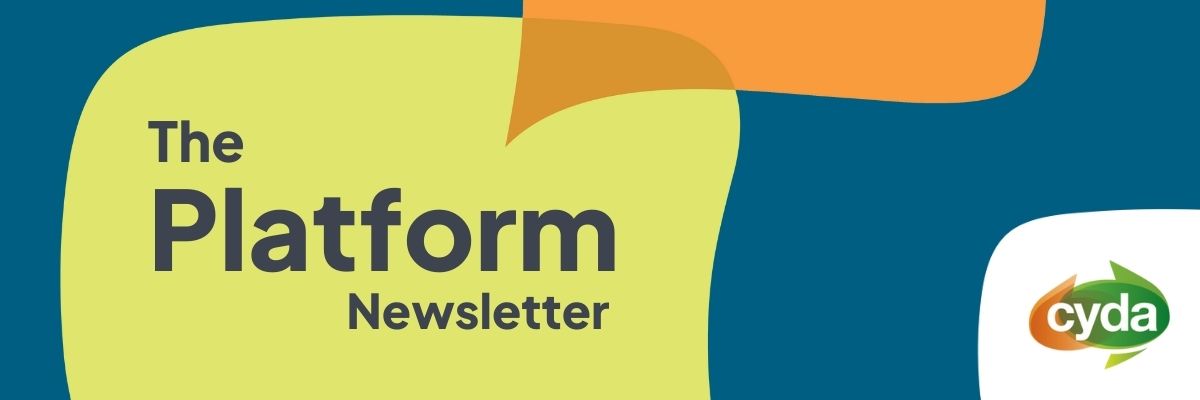
The Platform is our newsletter for young people with disability, featuring interviews, opportunities and news on the issues that matter to you!

